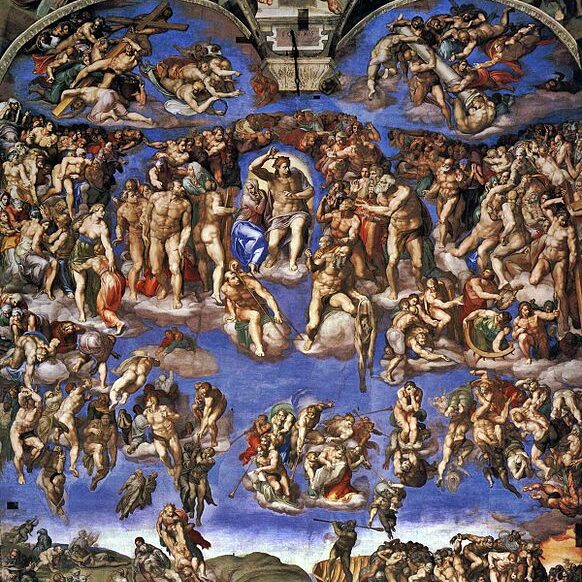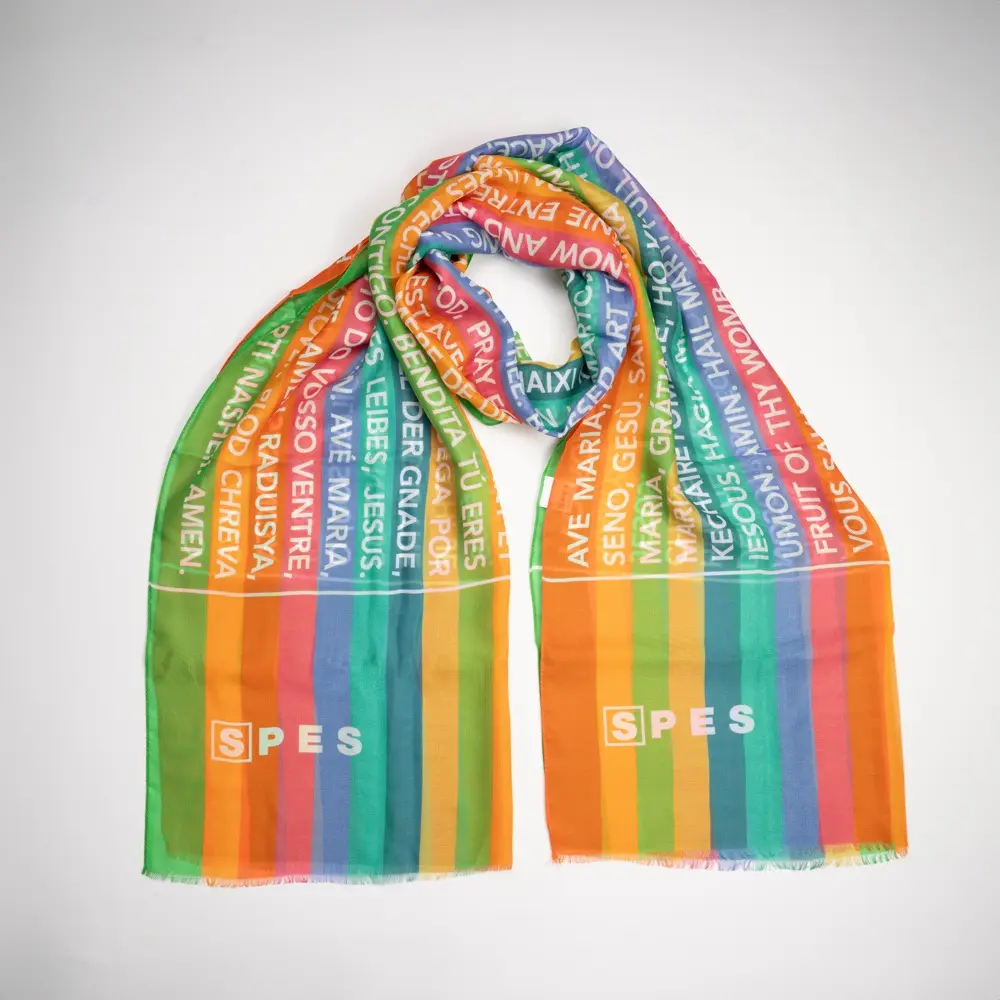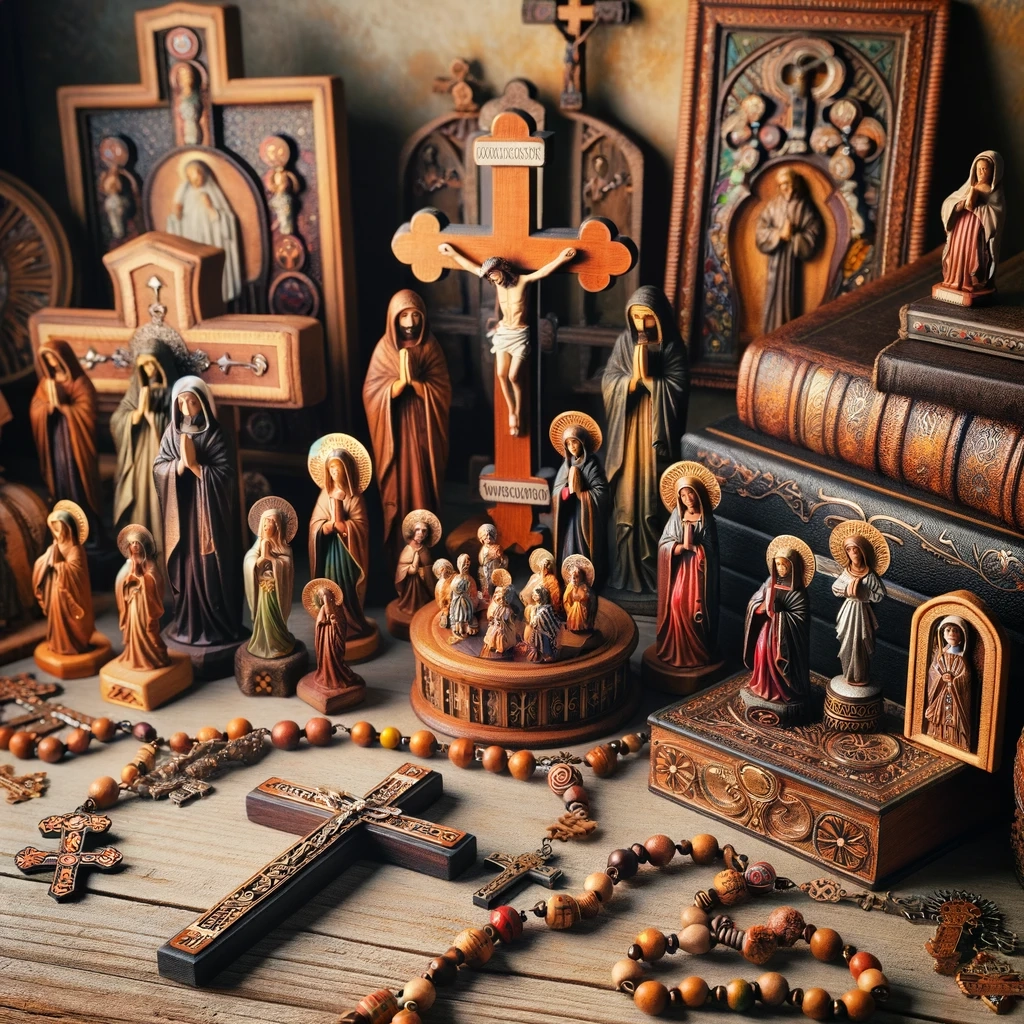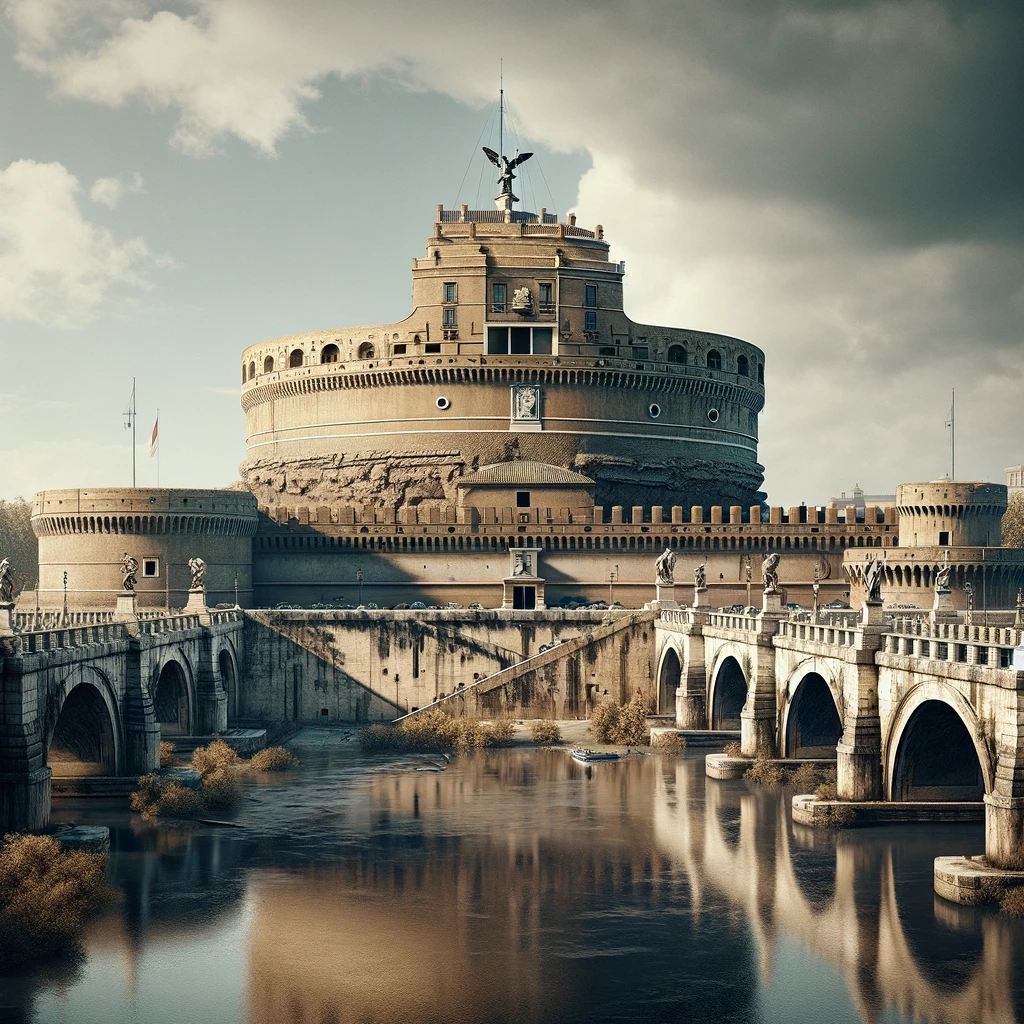The Last Judgment Michelangelo
Michelangelo’s Last Judgment is a monumental fresco by Michelangelo Buonarroti located on the wall behind the altar of the Sistine Chapel in the Vatican Museums in Rome. This work represents an icon of Renaissance art and one of Michelangelo’s greatest artistic achievements.
The painting, made between 1536 and 1541, depicts the moment of the resurrection of the dead and the Last Judgment, with Christ the judge at the center of the composition. The fresco shows figures of angels blowing trumpets, the Virgin Mary, saints, and biblical characters in the background, with the damned being condemned to eternal perdition on the left and the blessed ascending to heaven on the right.
The blue of lapis lazuli
In Michelangelo’s Last Judgment, the choice of colors was a crucial aspect in the creation of such an impressive work. One of the most valuable and significant pigments used by Michelangelo in his work was “lapis lazuli blue.”
Lapis lazuli blue, a deep blue and extremely expensive pigment, was extracted from the semiprecious stone called lapis lazuli. This color was widely employed by Michelangelo and other Renaissance artists for its vibrant and rich quality, used to depict the sky, the cloaks of angelic figures, and other relevant details in the Last Judgment fresco.
The use of lapis lazuli blue, along with other high-quality pigments, contributed to the majesty and visual beauty of Michelangelo’s work. The Renaissance painter took care to use colors that could lend depth, realism and emotional force to his creations.
The Last Judgment and the Counter-Reformation
The artwork has been subject to controversy and criticism, especially for its depiction of nude bodies, a bold choice for the time. Michelangelo employed extraordinary use of perspective and anatomical representation, creating a composition that conveys drama and emotional intensity.
Daniele da Volterra, a painter and pupil of Michelangelo Buonarroti, is best known for his intervention in the Last Judgment fresco in the Sistine Chapel, which focused on covering the nude bodies painted by Michelangelo with draperies or robes to conceal explicit anatomical parts, in response to criticism and concern from the Church about excessive nudity in the work.
This intervention by Daniele da Volterra was necessary to adapt the work to the new directives of the Counter-Reformation, a reform movement in the Catholic Church that sought to respond to the criticisms and challenges of the Protestant Reformation. The Counter-Reformation aimed to reaffirm and strengthen the Catholic faith, including certain rules and regulations for artists that were introduced to regulate artistic production in keeping with the religious and moral principles of the Church.
Rules for artists during this period required more attention to religious and moral themes, avoiding the depiction of obscene or overly explicit images. Artists had to adapt their work to reflect the values of the Church while maintaining a more modest and decorous depiction of religious subjects.
Daniele da Volterra’s intervention in Michelangelo’s Last Judgment, although necessary to conform to the new norms of the Counter-Reformation, has been the subject of criticism and debate in art history. Some scholars believe that this coverage partially compromised Michelangelo’s original work, while others see this intervention as an example of the impact of cultural and religious forces of the time on works of art.
The Last Judgment and the influence on subsequent generations
The Last Judgment is a powerful symbol of Michelangelo’s artistic vision and his interpretation of religious iconography. The work has influenced generations of artists and left an indelible mark on art history.
The work exerted a profound influence on later artists, leaving an indelible imprint on European art. The effects of Michelangelo’s masterpiece were manifested in various art movements, including the Mannerists and others.
Mannerists, who emerged after the Renaissance, were among the first to be influenced by Michelangelo’s boldness and dramatic expression. These artists, including Pontormo and Parmigianino, adopted the trend of accentuating movement, exaggerated poses, and stylized figures. Their art reflected a more abstract and subjective interpretation of reality, taking its cue from the emotional intensity present in Michelangelo’s works.
Other artists besides the Mannerists were similarly influenced by Michelangelo’s Last Judgment. His powerful figures, dramatic use of light and shadow, and dynamic composition have inspired generations of painters and sculptors.
For example, Caravaggio’s work, although divergent from the Mannerist style, incorporated some aspects of drama and use of light derived from Michelangelo. His canvases depict strongly lit and shadowy figures, creating a powerful theatrical effect.
Moreover, the grandeur and monumentality of the Last Judgment left a lasting impression on the very concept of sacred art and art of a religious character. Artists such as Rubens, Rembrandt, and other Baroque and later masters found inspiration in the use of pathos, the emotional expression of figures, and the symbolic depth inherent in Michelangelo’s work.
The impact of Michelangelo’s work extends beyond the Renaissance period, influencing later styles and movements. Even in the Neoclassical period and beyond, the legacy of Michelangelo’s art can be detected in the works of artists such as Jacques-Louis David, Antonio Canova, and many others, whose work reflected a return to classical values and aesthetics.
The Last Judgment and Vasari’s opinion
Giorgio Vasari, renowned Renaissance artist and art historian, had an ambivalent opinion about Michelangelo’s Last Judgment in the Sistine Chapel. Vasari was a great admirer of Michelangelo and devoted a significant chapter to the master’s life and work in his work “Le Vite de’ più eccellenti pittori, scultori e architettori.”
Vasari praised the grandeur and magnificence of the work, acknowledging Michelangelo’s genius in creating such an impressive and complex composition. He admired the artist’s ability to depict a vast number of human figures, both damned and redeemed, in such a vast and evocative composition.
However, Vasari expressed some criticism of the Last Judgment, mainly for the alleged visual confusion resulting from the overlapping figures and the absence of clear spatial organization.
Moreover, Vasari also commented on the depiction of nude figures in Michelangelo’s work, noting that some people criticized the presence of overly accentuated nude bodies in the fresco, finding them excessively bold and shocking to the moral standards of the time.
Conclusions
In conclusion, Michelangelo’s Last Judgment greatly influenced the European art scene, permeating successive styles, movements and periods, thus demonstrating the importance and lasting influence of Michelangelo’s art over the centuries.







